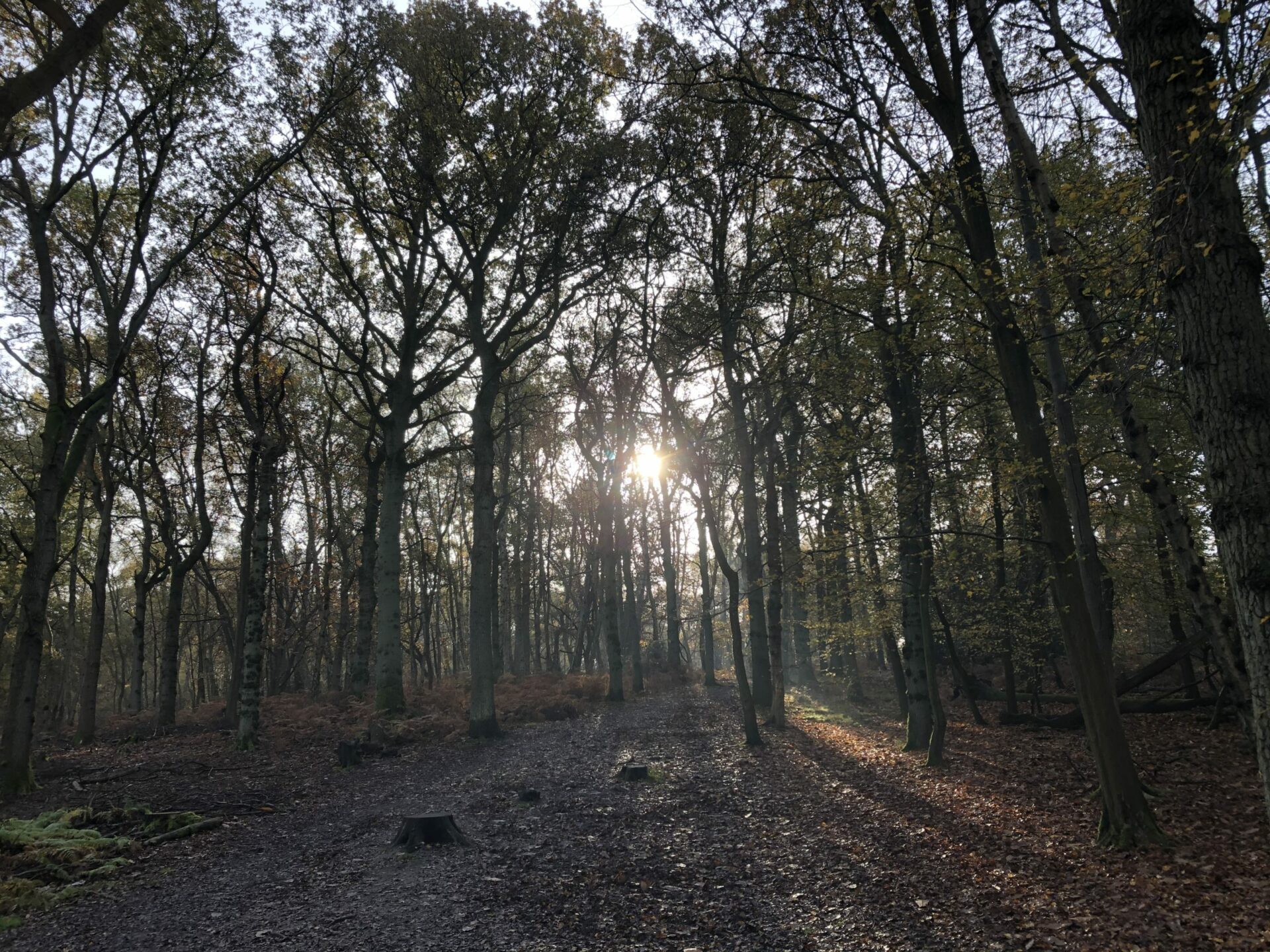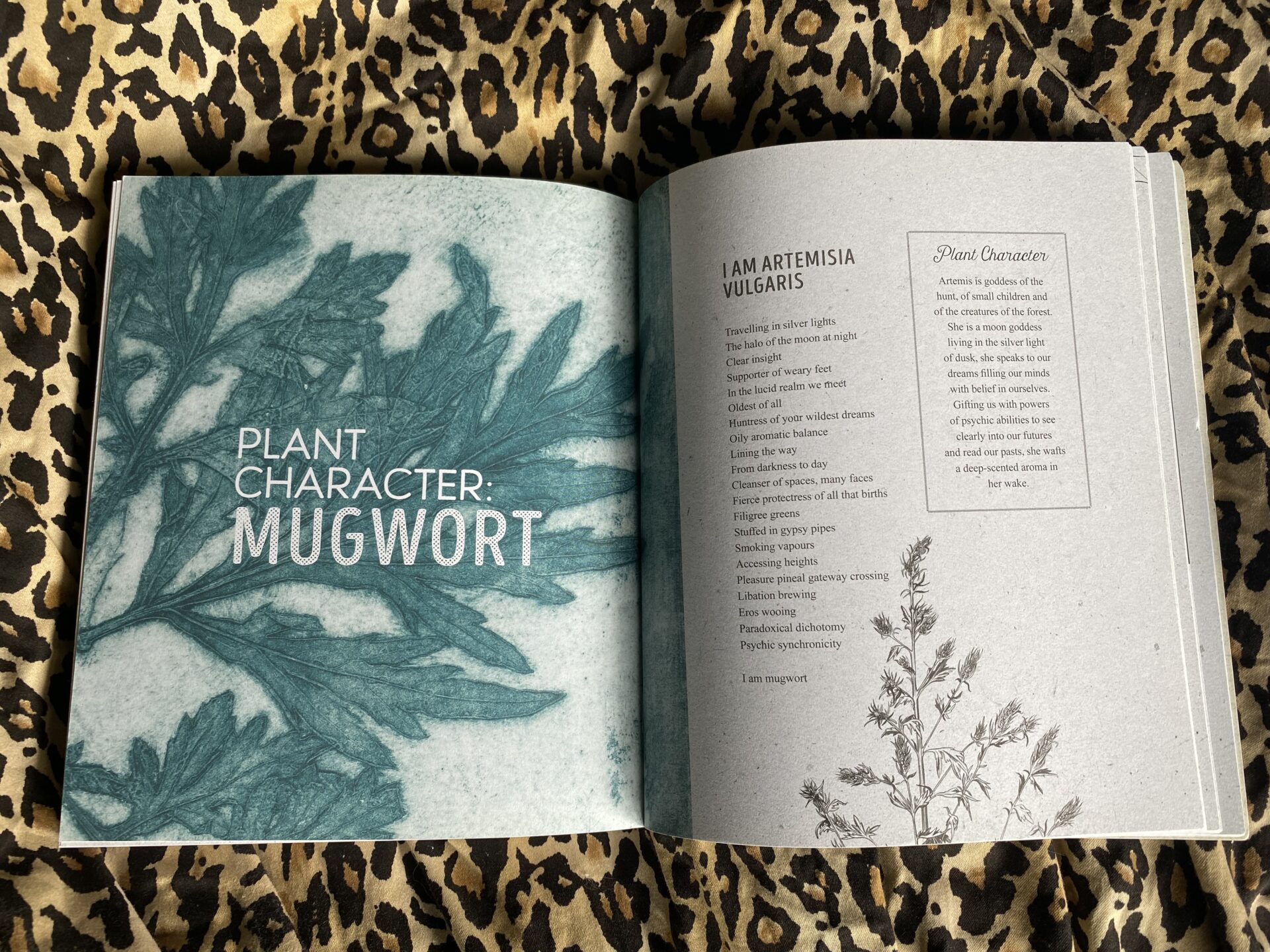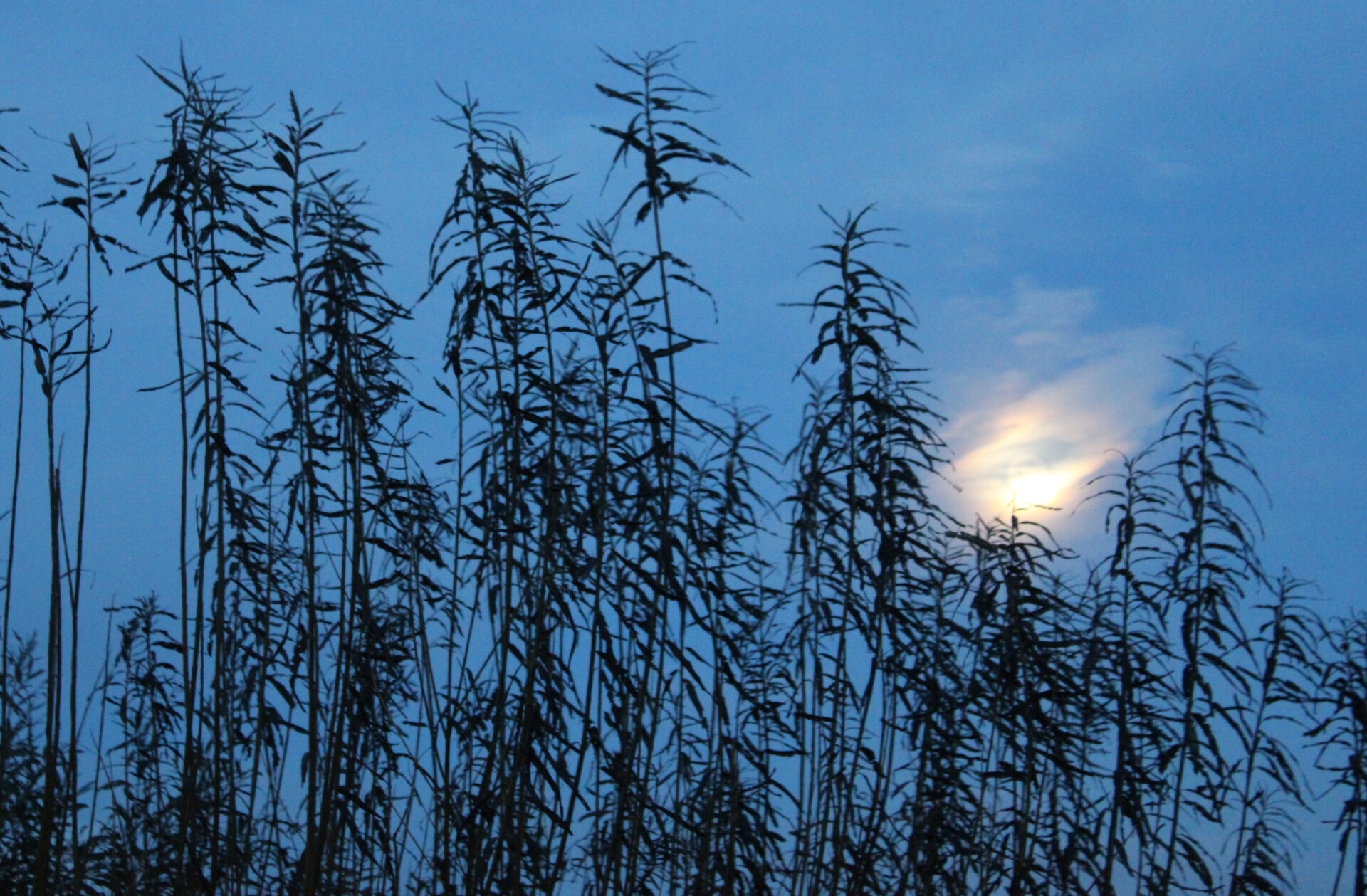3 favourite trees and their magic, folklore and tree medicine
They shade us, they tower over us, they provide the most valuable life source humans need to exist: oxygen. Trees are a symbol of life. As they provide our life’s breath, they also pull carbon dioxide from the air, reducing pollution. This is no small token in the current climate, with the way the atmosphere is these days. Through the process of photosynthesis, trees are the ultimate machines in ‘carbon capture and storage’. Like great carbon sinks, woods and forests absorb atmospheric carbon and lock it up for centuries. These sturdy beings prevent flooding, keep the soil nutrient rich and slow the soaring of atmospheric temperature in our urban landscapes.
Many know these simple facts about trees, however, these solid beauties hold much more than meets the eye.
Trees have been the subjects and symbols of folklore since the dawn of civilisation and different cultures hold certain trees in very high esteem. For instance, in Norse lore, the Ash tree or Yggdrasil was known as “The World Tree.” This sacred tree held all things; the trunk held the world and the branches reached high up to the heavens while the roots traveled deep into the earth to the underworld. Yggdrasil was the centre of the cosmos for Norse folk.
Although we often see trees as a symbol of life even acting as hosts to many living things, trees also hold the lesser known magical powers of medicine. Yes, plants and herbs often have the spotlight, but we would be damned if we didn’t share the incredible healing and supportive abilities these mighty organisms harbour. From heart and bone health to circulation and memory support, trees have the ability to share many more gifts of life.
The Willow Tree
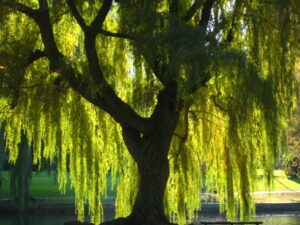 As one of the matriarch trees of modern medicine, we want to chat a bit about the revered willow tree. Salix spp is a symbol of interconnection between the waters and earth of this world, and between our own body and mind. You may find a willow on the water’s edge – a pond or stream with the delightful tendril branches flowing in the wind. Celts considered the willow as being highly associated with the moon as well as a symbol of the metaphysical. Ceremonies were and are still performed with willow to strengthen and enhance psychic abilities!
As one of the matriarch trees of modern medicine, we want to chat a bit about the revered willow tree. Salix spp is a symbol of interconnection between the waters and earth of this world, and between our own body and mind. You may find a willow on the water’s edge – a pond or stream with the delightful tendril branches flowing in the wind. Celts considered the willow as being highly associated with the moon as well as a symbol of the metaphysical. Ceremonies were and are still performed with willow to strengthen and enhance psychic abilities!
As a representation of water, willow is a way to tap into connection with your intuition. The Celts believed the willow was the vehicle that allowed us a deeper understanding into the world we live in and who we are. Willow provides in the realm of subconscious and in the physical world that is our reality. Willow bark (Salix alba), is known for high salicin content, which was its claim to fame in the conventional medicine world when at the turn of the 19th century, aspirin was created. Aspirin was synthesised from salicylic acid which is what salicin turns into when our digestion systems start to break it down.
As a powerful analgesic, willow bark symbolises the bridge between what we feel and think in our minds and the lived experience of the body. Physical ailments can often reflect the well-being of the minds. While willow can bring relief from pain, it can give us the space to focus on something that is perhaps a bit deeper at the root than just the physical presentation of pain. Willow reminds us that all things are connected, we simply need to draw our awareness to it.
Willow is famed for use in weaving and in building structures and sculptures. Basketry is an ancient craft (8,000-6,000 BCE) – pre-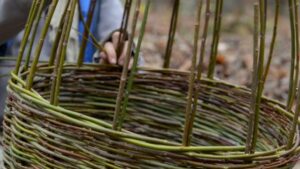 dating pottery or stone carving. Few actual examples exist because baskets are made of biodegradable materials but possibly the earliest evidence of basketry dates before 8,000 BCE, found in Gambols Cave, Kenya.
dating pottery or stone carving. Few actual examples exist because baskets are made of biodegradable materials but possibly the earliest evidence of basketry dates before 8,000 BCE, found in Gambols Cave, Kenya.
There are three willow tree species commonly grown as basket willow trees: Salix triandra, also known as almond willow or almond-leaved willow, Salix viminalis, often known as common willow, Salix purpurea, a popular willow known by a number of alternate names, including purple osier willow and blue arctic willow.
The Hawthorn Tree
The wizard of hearts steps up to the plate. Considered by many of us, to be the entrance to the realm of the faeries, the hawthorn tree is sacred in ancient lore. Anyone who harms the hawthorn tree will meet their demise. Their beautiful blossoms decorate garlands for May day and fill our hearts with beauty and zest for life. Hawthorn’s gentle magic supports the central organ, the heart. With such gentle medicine for heart toning and normalising blood pressure, it is wonderful as a tincture or tea of blooms and berries. And as well as medicine, this tree is a foragers delight, the berries make delicious haw jams and ketchups! Our mouth’s are watering thinking about it. Hawthorn ketchup with 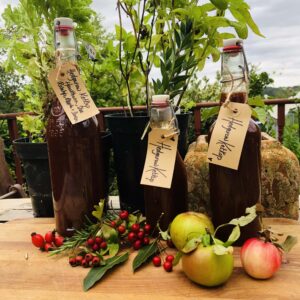 sausage and mash on a chilly autumn day – delicious!
sausage and mash on a chilly autumn day – delicious!
The hawthorn tree is covered in thorns similar to the metaphorical ones we sometimes hold around our hearts. When ingesting hawthorn, we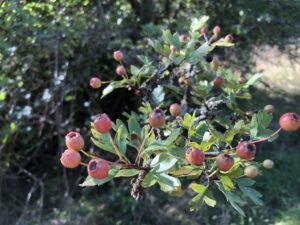 are able to tenderly express blocked emotions as hawthorn does a fantastic job of removing obstructions. Although physically hawthorn is invaluable, it is the power it gives the heart spiritually that creates opportunity for emotional shifts. Just like the fresh buds of spring hawthorn leaves, the connection with this herb unfurls our heart to encourage a life that holds more than the daily tasks of living.
are able to tenderly express blocked emotions as hawthorn does a fantastic job of removing obstructions. Although physically hawthorn is invaluable, it is the power it gives the heart spiritually that creates opportunity for emotional shifts. Just like the fresh buds of spring hawthorn leaves, the connection with this herb unfurls our heart to encourage a life that holds more than the daily tasks of living.
The Oak Tree
Oak trees have long been worshipped by many cultures and it is really no surprise. Their presence is powerful and carries with it the characteristics of strength, will-power and determination. Ancient Druids used to hold their rituals in the grove of oak trees as they were highly revered. Even the acorns, when eaten, were thought to help people see into the future.
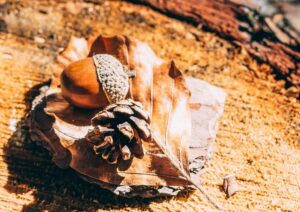 Acorns are actually, incredibly protein rich foods, in fact they have been an integral part of the “human food story” for millennia. Once the tannins are removed through boiling, the acorns can be ground into a wonderful flour or you can dry them and roast them to eat like other nuts. After proper preparation, acorns are walnut-like, but they have their own unique sweet, subtle, and earthy flavour.
Acorns are actually, incredibly protein rich foods, in fact they have been an integral part of the “human food story” for millennia. Once the tannins are removed through boiling, the acorns can be ground into a wonderful flour or you can dry them and roast them to eat like other nuts. After proper preparation, acorns are walnut-like, but they have their own unique sweet, subtle, and earthy flavour.
Since oak trees live for a very long time, many see wisdom within them. Advice was sought from these trees when something important arose and like the Druids, Native Americans also held significant meetings with an Oak nearby.
The magical medicinal abilities of the oak tree are contained in the inner bark, leaves and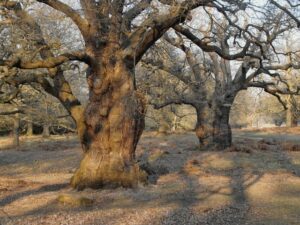 acorns. The strong trunk this tree harbours medicine in its bark that has been lauded for its ability to re-calcify bones and strengthen teeth, although heavy or prolonged use of oak in medicine is not recommended.
acorns. The strong trunk this tree harbours medicine in its bark that has been lauded for its ability to re-calcify bones and strengthen teeth, although heavy or prolonged use of oak in medicine is not recommended.
The inner bark has a considerable amount of tannins which create an astringency and dry things right up. This astringent action has a toning ability that is excellent when administered for haemorrhages, piles, bleeding and diarrhoea. Like it’s natural qualities, oak instills or rebuilds a strength within us making sure our bodies are sure and strong, yet still able to be flexible with the winds of change.
This is what Dr. Edward Bach wrote of the medicine of the Oak flower essence.
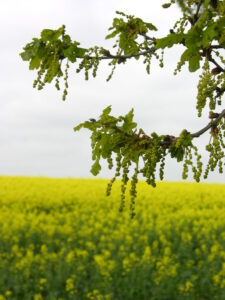 This is the remedy for strong, steady people who never give up under adversity. They plough on with determination, and never consider resting until they are past the point of exhaustion.
This is the remedy for strong, steady people who never give up under adversity. They plough on with determination, and never consider resting until they are past the point of exhaustion.
Oaks often have many people relying on them, and their sense of duty is strong. They may feel frustrated and unhappy if illness or exhaustion means they are forced to do less than they wanted.
So much is positive about the Oak person, but the negative side is the stubborn refusal to rest or sit back when the need for rest is obvious.
The remedy is used to help us remain strong in adversity, while at the same time we learn it is better sometimes to let go rather than crack under the strain.
We all LOVE trees
Every tree has special gifts. You can sit with them a while and allow yourself to be absorbed in the presence of the tree. Observing one tree throughout the seasons is a great way to get to know it better and start to feel truly connected to these generous members of the plant world.

